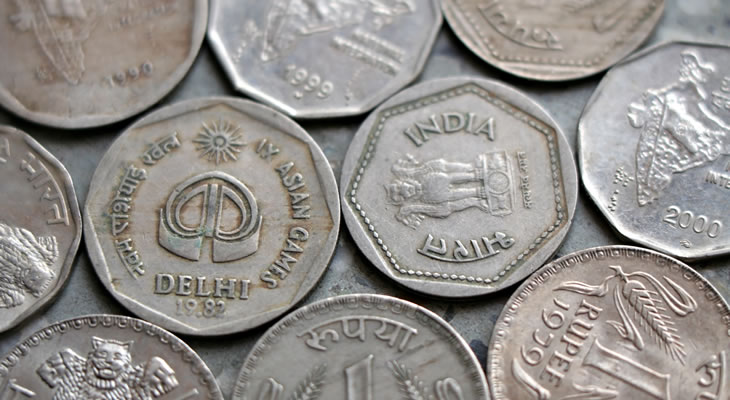Pound to Indian Rupee Exchange Rate Struggles to Recover despite Stronger UK Data
Even though the Pound (GBP) was supported against other major currencies yesterday, the Pound Sterling to Indian Rupee (GBP/INR) outlook remains under pressure. Various factors including the Reserve Bank of India (RBI) and softening coronavirus jitters are boosting the Indian Rupee (INR).
Since opening this week near a three-week-best of 94.48, GBP/INR has plummeted. GBP/INR has lost almost two Rupees in value, more than shedding last week’s gains.
While GBP/INR has been able to hold above Tuesday’s fortnight low of 92.09, the pair still trends much lower overall in the region of 92.52 at the time of writing.
Sterling lacks the drive for much recovery as investors await more Brexit news and UK data. This leaves the Pound to Indian Rupee exchange rate to be driven by Rupee strength and risk-sentiment in the coming days.
Pound (GBP) Exchange Rates Lack Drive as Brexit Uncertainties Persist
The Pound briefly saw a boost in demand in the middle of the week. The latest UK PMIs beat projections, supporting hopes that Britain’s economy was seeing a rebound this year.
Wednesday’s services PMI was especially impressive, jumping to 53.9 from a stagnant 50.0 in January.
However, the Pound was unable to keep climbing after the news. Brexit uncertainties returned this week. Lingering uncertainties kept a lid on the Pound’s potential to advance even after those results came in.
Reports yesterday suggested the EU was considering taking a tougher stance on financial connections to the City of London. According to Ned Rumpeltin, European Head of Currency Strategy at Toronto-Dominion Bank:
‘It now looks clear that both the EU and UK are starting to take off their gloves,
Our bottom line for Sterling is that it is likely to remain mostly a barometer of these risks.’
Indian Rupee (INR) Exchange Rates Up as Reserve Bank of India (RBI) Avoids Dovishness
The Indian Rupee has seen a significant rebound this week. It is benefitting from improved global market sentiment following last week’s panic.
Concerns over the spread of a coronavirus outbreak have cooled since last week, and investors have been returning to currencies correlated with risk and trade-sentiment. This has caused Indian Rupee gains.
In fact, the Indian Rupee is seeing especially high demand as coronavirus concerns continue to weaken oil prices. India imports oil, so lower oil prices typically benefit India’s economic outlook.
On top of market risk-sentiment, the Indian Rupee has benefitted from domestic news this week. Yesterday’s Indian services PMI was a much stronger than expected 55.5, and today’s Reserve Bank of India (RBI) policy decision was less dovish than some speculated.
While the RBI continues to hint it has an easing bias, it has also indicated that inflation and growth are currently too high to cut rates again just yet. According to Sujan Hajra, Chief Economist at Anand Rathi Securities:
‘This time the RBI is showing that on the growth front there has been some level of pick-up. Inflation projection has been revised upwards and this is not a situation where RBI can cut rates until or unless the retail inflation comes down substantially.’
Pound to Indian Rupee (GBP/INR) Exchange Rate Outlook Remains Focused on Global Sentiment
Amid a lack of notable UK or Indian data due until next week, developments in politics and market sentiment are most likely to drive the Pound to Indian Rupee (GBP/INR) exchange rate.
The Pound outlook remains significantly influenced by Brexit uncertainty.
If UK and EU officials both show fresh signs that tensions are worsening for example, the Pound could see fresh losses. On the other hand, negotiation optimism could cause a fresh boost in Pound demand.
As for the Indian Rupee, it could continue to climb if market panic around the coronavirus continues to cool. If fears worsen again though, or if oil prices see a recovery rebound, the Rupee’s appeal will be diminished.
With the Pound to Indian Rupee (GBP/INR) exchange rate outlook largely dependent on political factors for now, the pair’s movement may also be limited until Monday’s key UK growth data comes in.


Comments are closed.